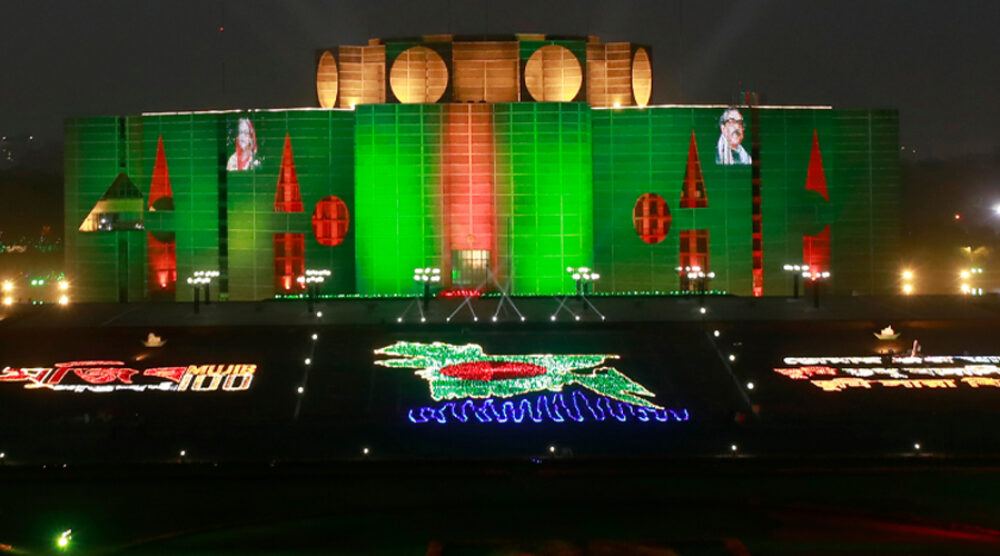Early this year, Bangladesh celebrated its 50th year as an independent nation. ‘The country was born’, writes Bloomberg columnist Mihir Sharma, ‘amid famine and war; millions fled to India or were killed by Pakistani soldiers’. At the time of its birth, Bangladesh was dismissed as a ‘basket case’, while superstars in the music profession scrambled to raise money to support aid programs to assuage the suffering of a hungry, impoverished nation.
Today, Bangladesh is classified by the World Bank as a ‘lower middle income economy’ with notable progress in a broad range of social indicators. As the Economist noted nearly ten years ago, Bangladesh has come ‘out of the basket’.
What struck Sharma is that Bangladesh has quietly overtaken its once-richer South Asian neighbours – Pakistan and India. As he notes: ‘In 1971, Pakistan was 70% richer than Bangladesh; today, Bangladesh is 45% richer than Pakistan.’ Sharma reserves the strongest words of rebuke for India:
India — eternally confident about being the only South Asian economy that matters — now must grapple with the fact that it, too, is poorer than Bangladesh …Don’t hold your breath expecting India to acknowledge Bangladesh’s success: Right-wing figures in India are convinced Bangladesh is so destitute that illegal migrants from there are overrunning the border. In reality, Bangladesh is far richer than the depressed Indian states where Hindu nationalist politicians have been railing against Bangladeshi “termites.” It’s as if Mississippi were fretting about illegal immigration from Canada.
Ouch!
The Bangladesh government has recently announced that the country’s per capita GDP has risen to USD 2,227 thus consolidating its position as a lower-middle-income economy. This has happened despite the adverse shock of the current global pandemic because the country managed to maintain its rapid pace of growth. Indeed, from being a growth laggard relative to its powerful neighbours, Bangladesh has emerged as a growth leader. It did not even suffer a recession during the first wave of COVID-19 in 2020 – see the figure below culled from IMF DataMapper. The projections to 2025 suggest that Bangladesh will grow significantly faster than either India or Pakistan.

Sharma attributes Bangladesh’s economic success to ‘exports, social progress and fiscal prudence’. These ‘three pillars’ are part of the story, but Sharma could have acknowledged that there is a rich literature trying to comprehend the ‘Bangladesh paradox’. How did an impoverished nation, dismissed as a basket case, and saddled with seemingly dysfunctional institutions and a corrupt, highly adversarial political system manage to get ‘out of the basket’?
Sharma, however, correctly notes that ‘Bangaldesh’s success brings its own set of problems’. He rightly opines that ‘(t)he government needs a strategy for the next decade that focuses on new forms of global integration and on a continued transformation of the economy’. This is a transition that ‘will test Bangladesh as it has … other nations’.
Iyanatul Islam is an Adjunct Professor at the Griffith Asia Institute and former Branch Chief, International Labour Office, Geneva. The views expressed in this blog are the author’s own and should not be attributed to the ILO.








